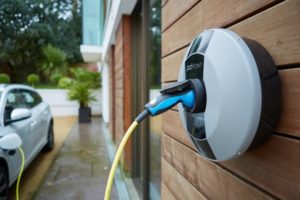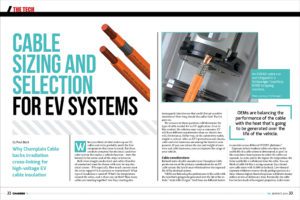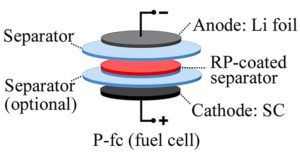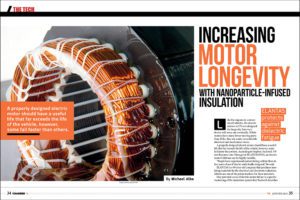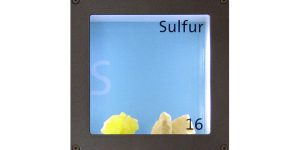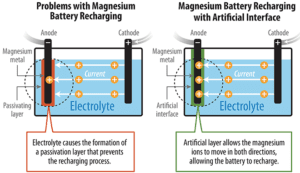Low-carbon energy provider EDF has acquired Pod Point, an EV charging company. Pod Point has rolled out 62,000 charging points in the UK and 6,600 in Norway. The acquisition follows EDF’s acquisition last year of Pivot Power, which specializes in grid-scale batteries and provides high-voltage power for EV charge points. Simone Rossi, UK CEO of… Read more »
Search Results Found For: "Volt Carbon"
Read past issues of Charged – Electric Vehicles Magazine
< Newer Issues Issue 40 – November/December 2018 Featuring: Churning out EVs: TDK has built a fully automated manufacturing line for its DC link capacitors Top circuit protection considerations for DC fast chargers, a new class of high-voltage consumer electronics Audi joins the class of 2019 with the e-tron PlugStar aims to break the EV… Read more »
Cable sizing and selection for EV systems
Why Champlain Cable backs irradiation cross-linking for high-voltage EV cable insulation When you think of what makes up an EV, cables and wires probably aren’t the first components that come to mind. But these conduits comprise the electrical cardiovascular system that makes a vehicle function – from the battery to the motor and all the… Read more »
Here we go again: German research institute claims diesels are cleaner than EVs
Anti-EV hit pieces clog the blogosphere like pickup trucks on a Texas highway, but this one sounded much more serious than the usual anonymous speculation. A respected German research institute released a study claiming EVs are dirtier than diesel – music to the ears of many in the German auto industry. “Considering Germany’s current energy… Read more »
Rice University adds red phosphorus to separators to foil dendrites
Rice University scientists have found that adding a layer of red phosphorus to separators in lithium metal batteries can signal when damaging dendrites threaten to create a short circuit. Rice University chemist James Tour made lithium metal test cells with a coat of red phosphorus on the separator, which keeps the anode and cathode electrodes… Read more »
ELANTAS increases electric motor longevity with nanoparticle-infused insulation
Protecting against dielectric fatigue Like the engines in conventional vehicles, the electric motors in EVs are designed for longevity, but every device will wear out eventually. While motors have many fewer moving parts than ICEs, they are under considerable electrical and mechanical stress. A properly designed electric motor should have a useful life that far… Read more »
Researchers achieve extended cycle life using molybdenum compound as protective anode layer in Li-S batteries
Researchers at The University of Texas at Dallas have used two-dimensional molybdenum disulfide (MoS2) as a protective layer for Li-metal anodes to greatly improve the performance of Li-S batteries. In “2D MoS2 as an efficient protective layer for lithium metal anodes in high-performance Li–S batteries,” published in Nature Nanotechnology , the researchers report that such a use of MoS2 results in… Read more »
NREL scientists discover new approach for magnesium-metal batteries
Scientists at the National Renewable Energy Laboratory (NREL) have pioneered a method that enables reversible chemistry of magnesium metal in noncorrosive carbonate-based electrolytes. The technology has several potential advantages over lithium-ion batteries, including higher energy density, improved stability and lower cost. Magnesium batteries can theoretically store almost twice as much energy per volume as lithium-ion… Read more »
New York awards 5,750 plug-in rebates in first year of Drive Clean Rebate Program
New York Governor Andrew M. Cuomo recently announced that over 5,750 consumers have received plug-in vehicle purchase rebates since the state’s Drive Clean Rebate was launched one year ago. The program provides residents with a rebate of up to $2,000 for eligible vehicles. The program has paid out more than $7.5 million in rebates to… Read more »
US Army partners with Brown University to study SEI on silicon anodes
The US Army Research Laboratory (ARL) and Brown University researchers have teamed up to study the solid electrolyte interphase (SEI) layer that forms on the anodes of lithium-ion batteries, with particular emphasis on experimental silicon anodes. The Army is working to replace its alkaline and nickel-metal hydride field batteries with Li-ion batteries. “The Army is… Read more »




